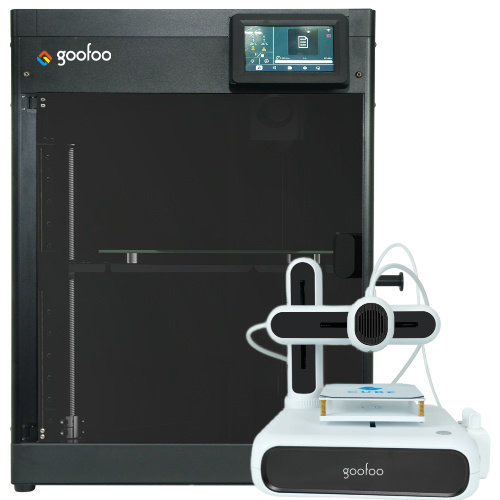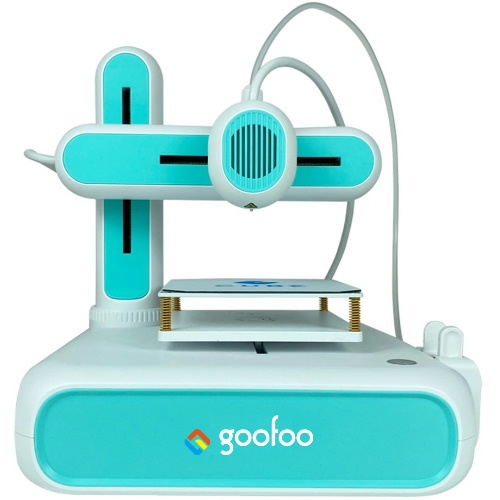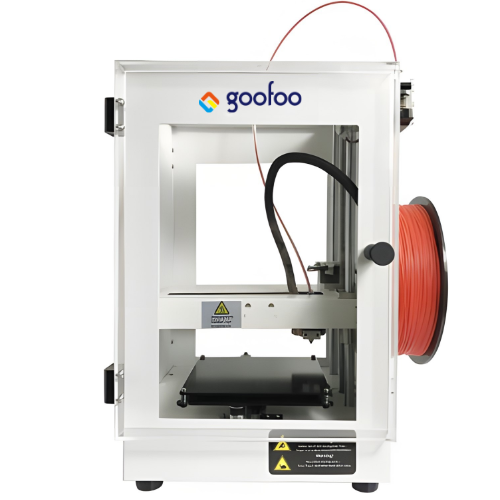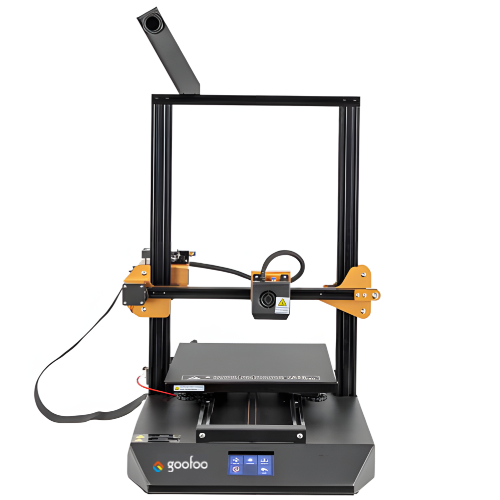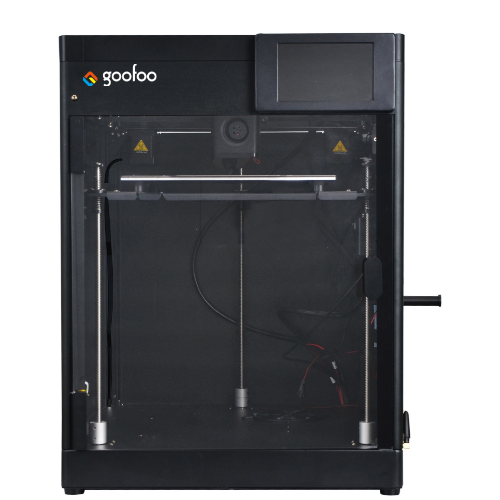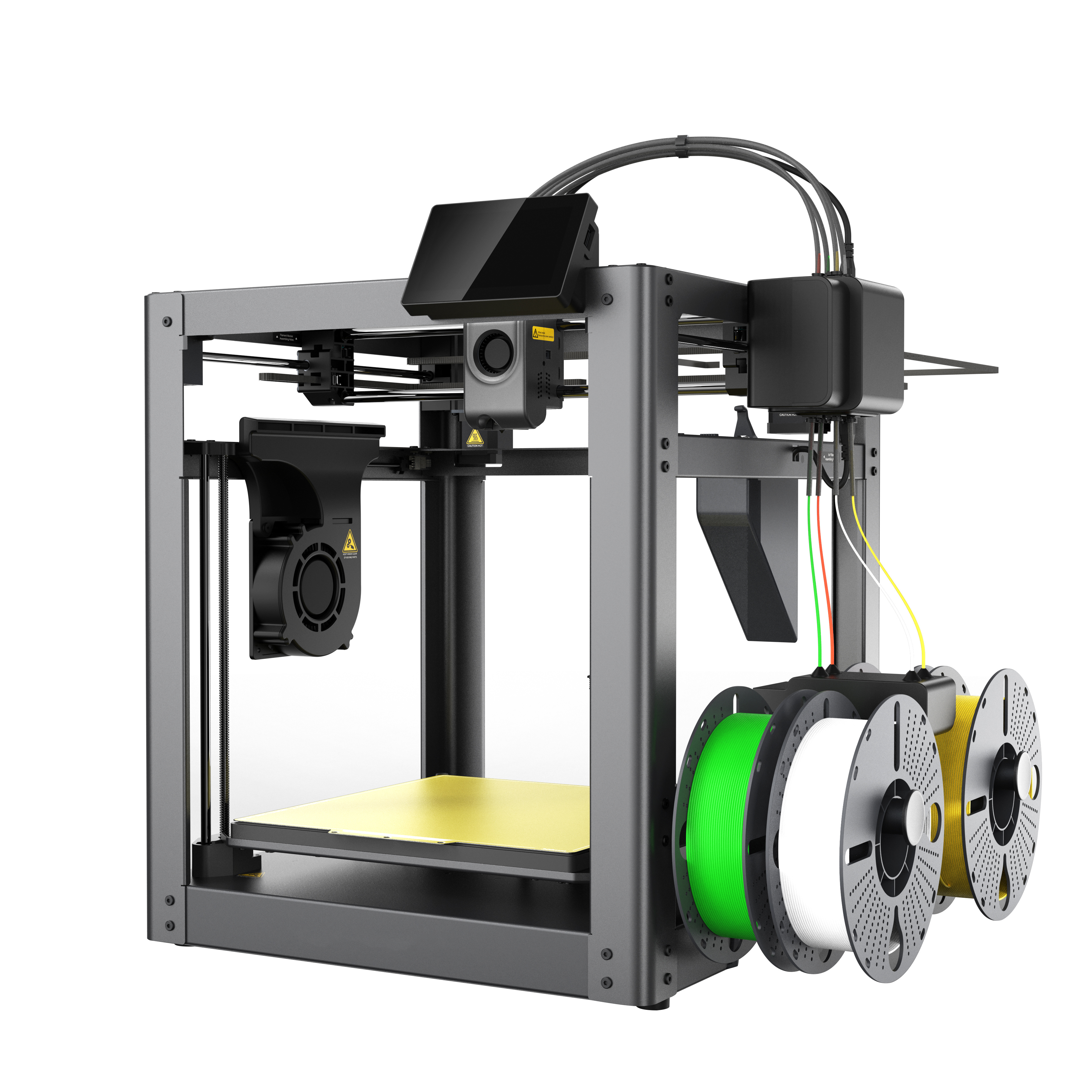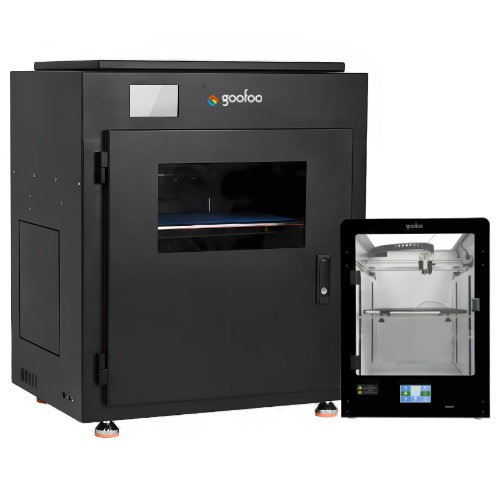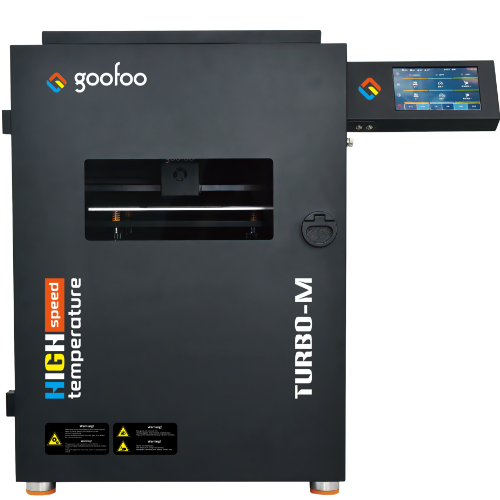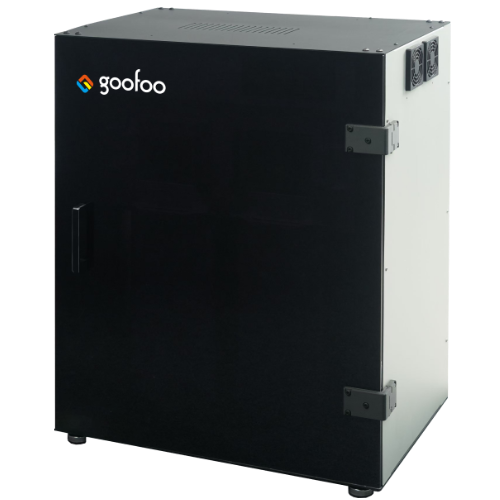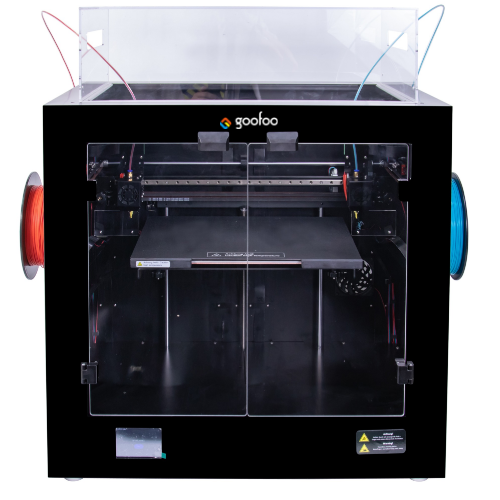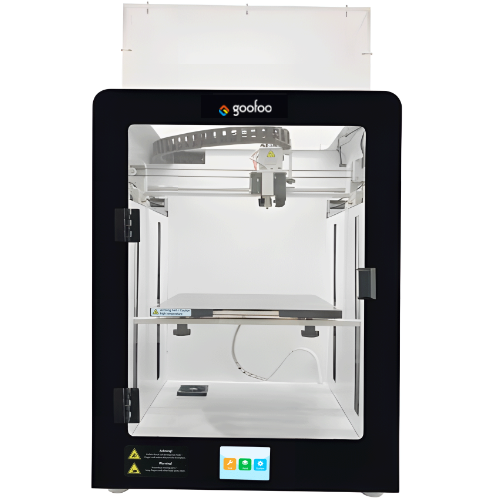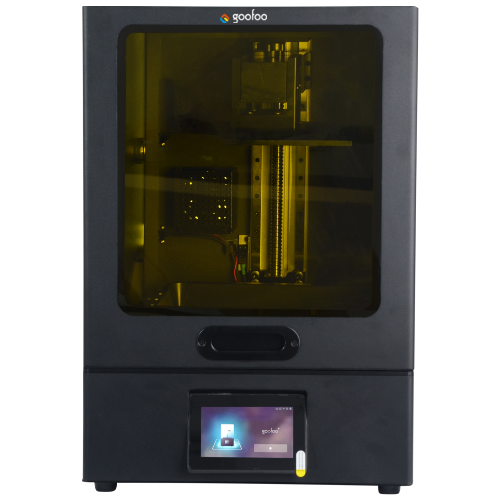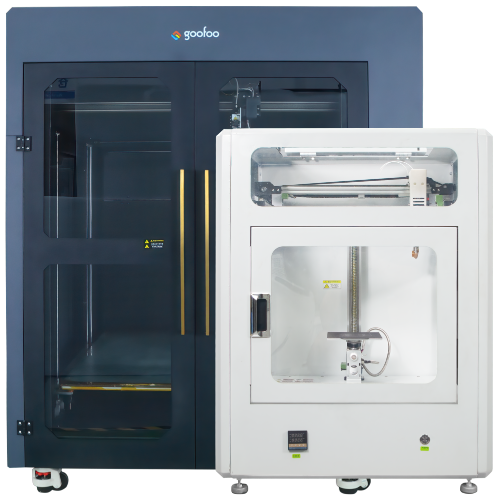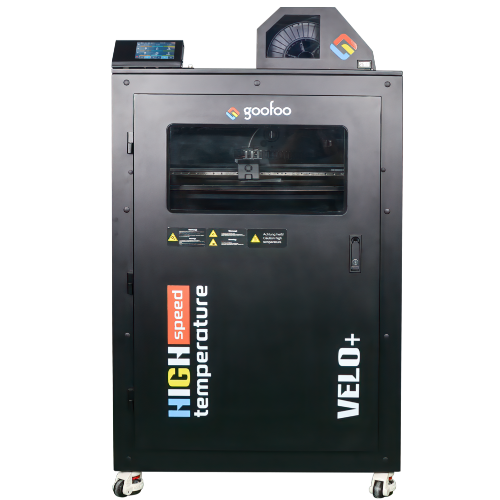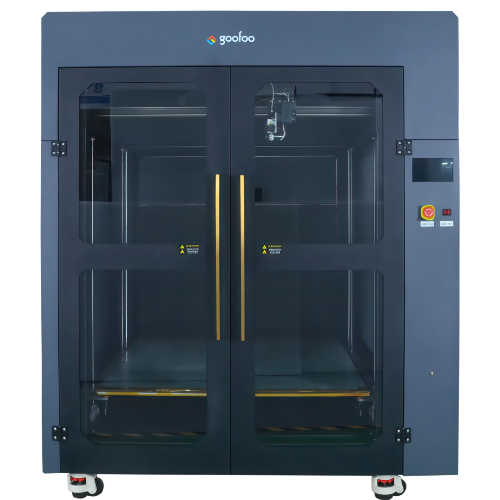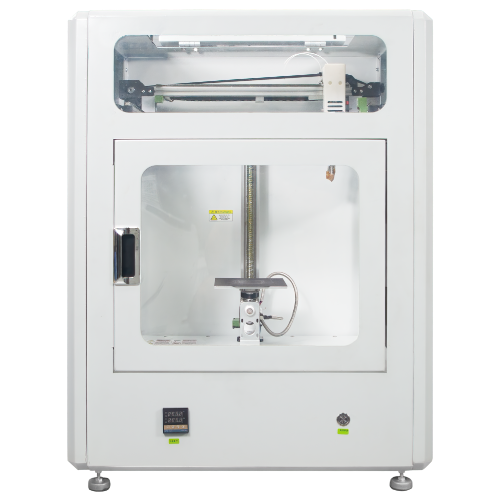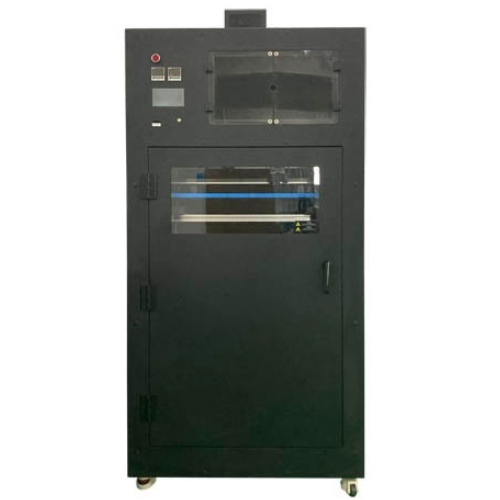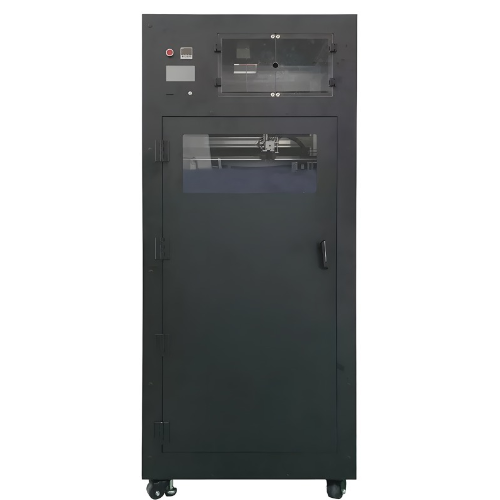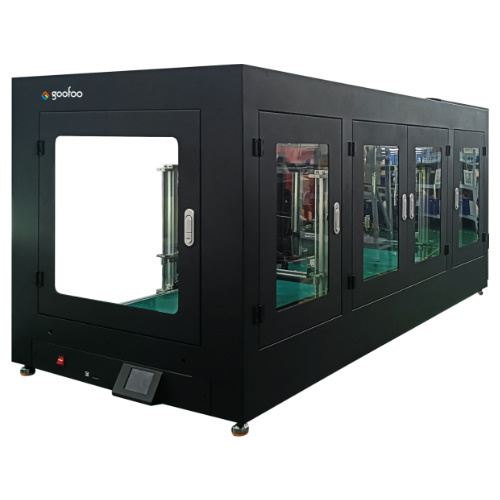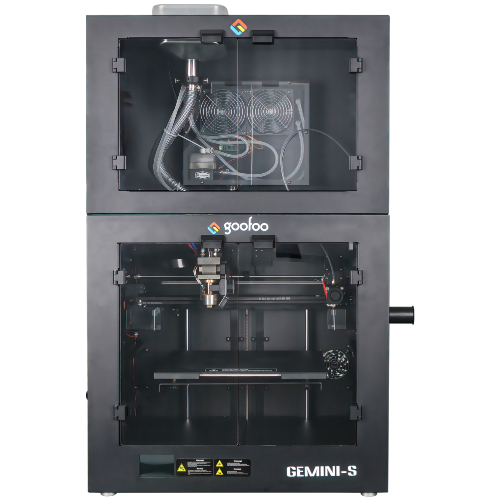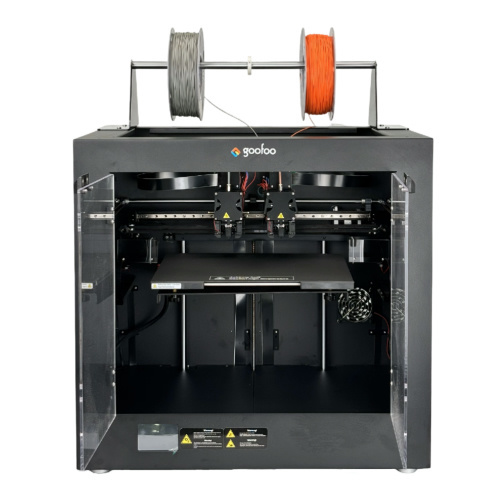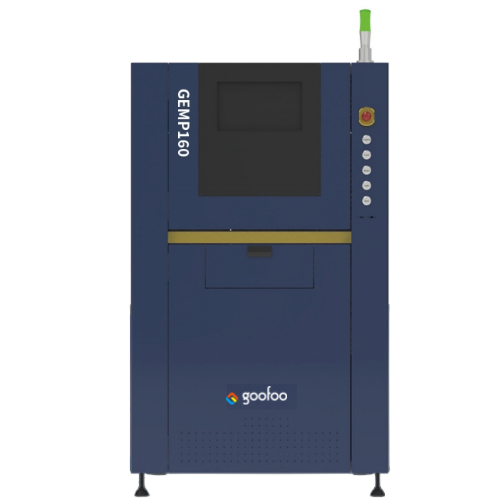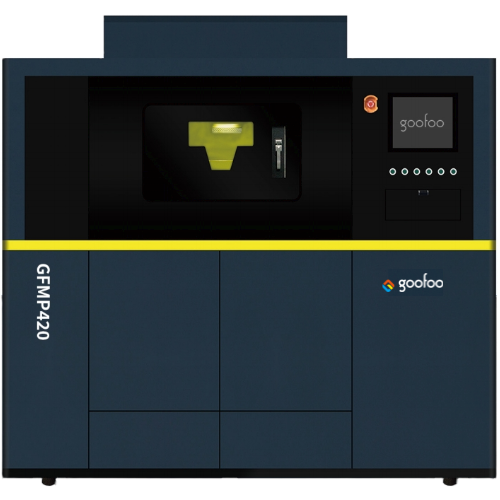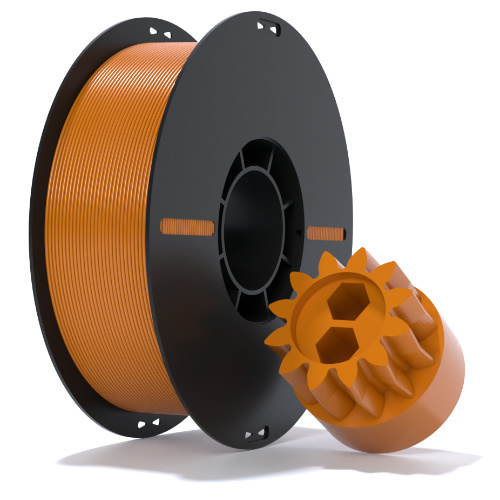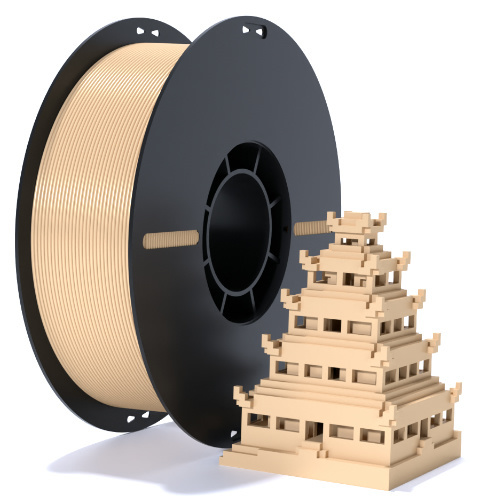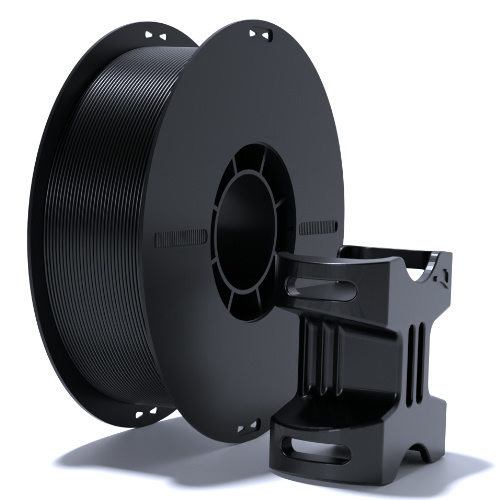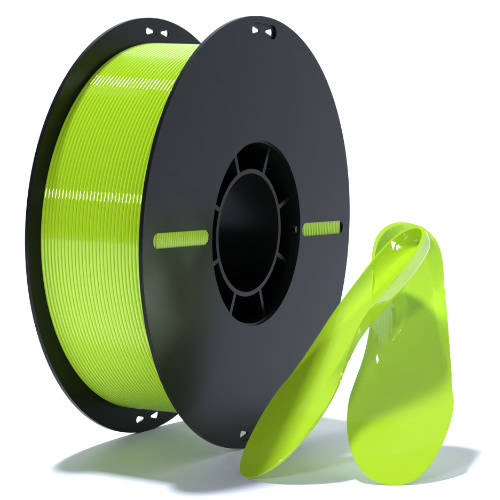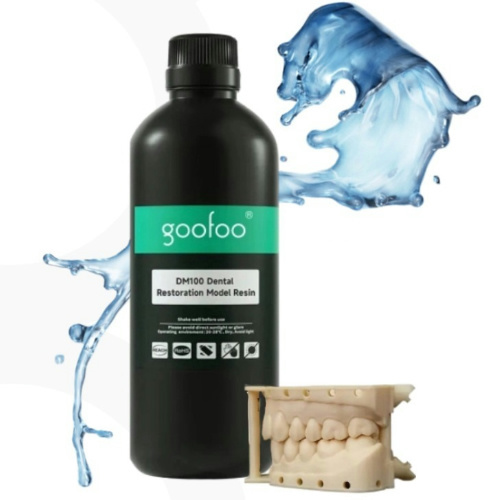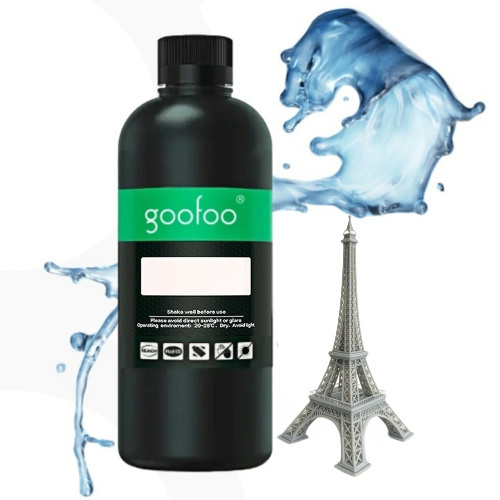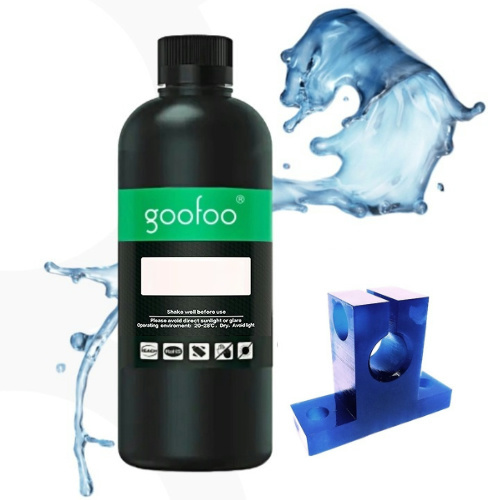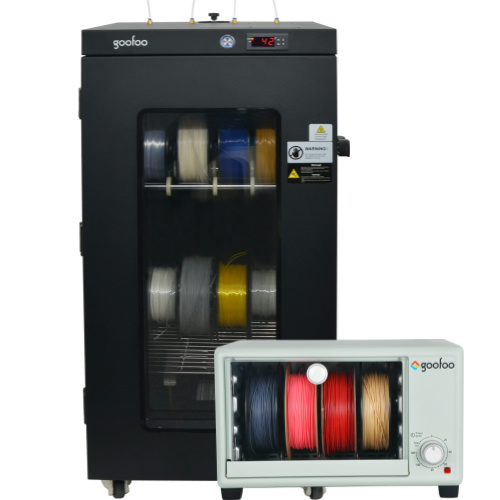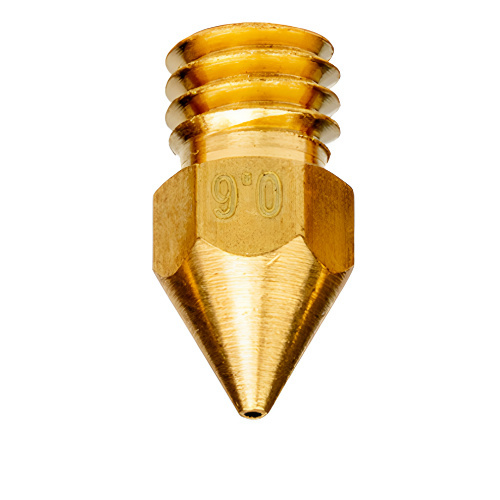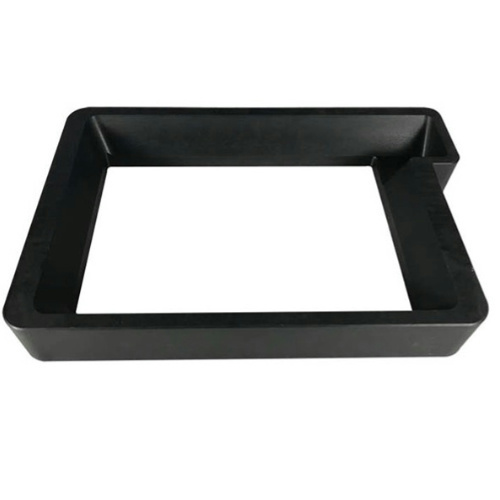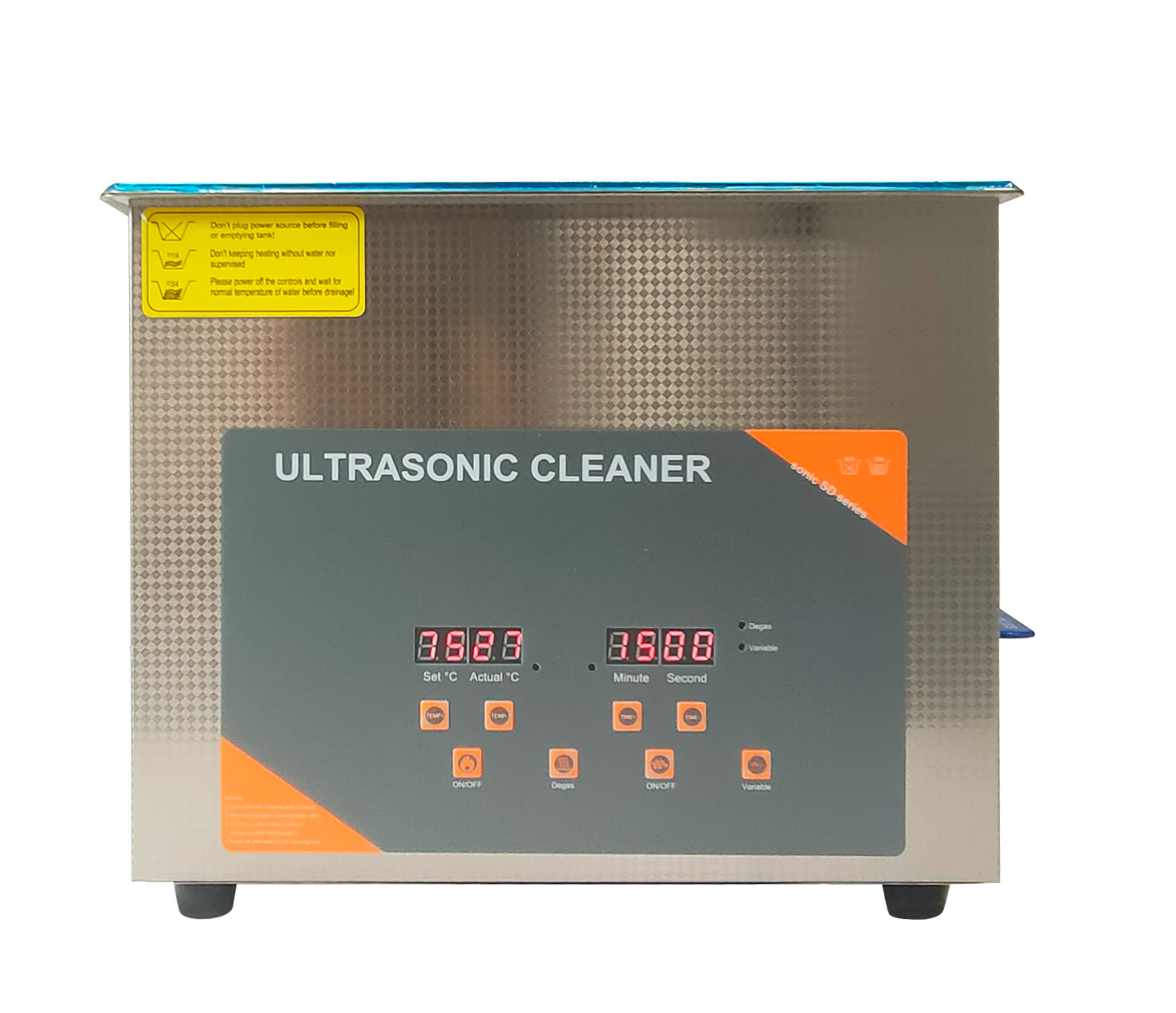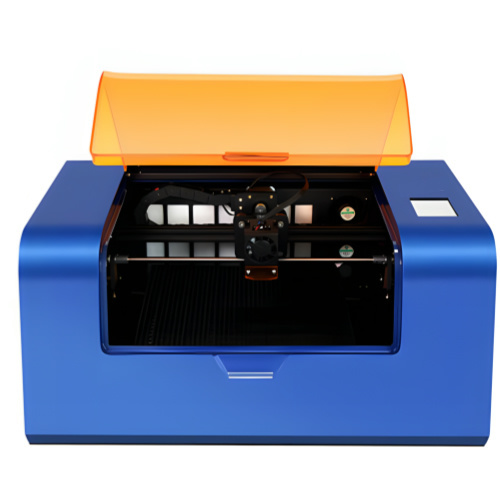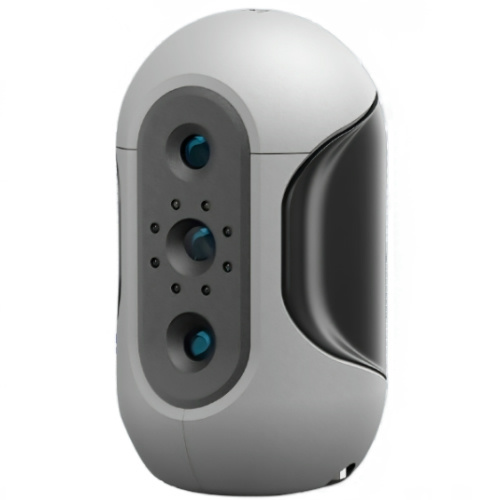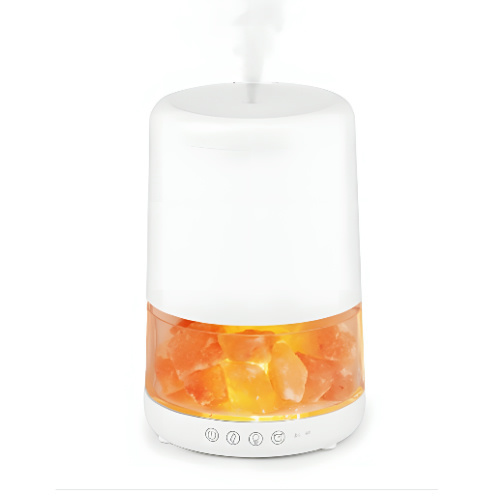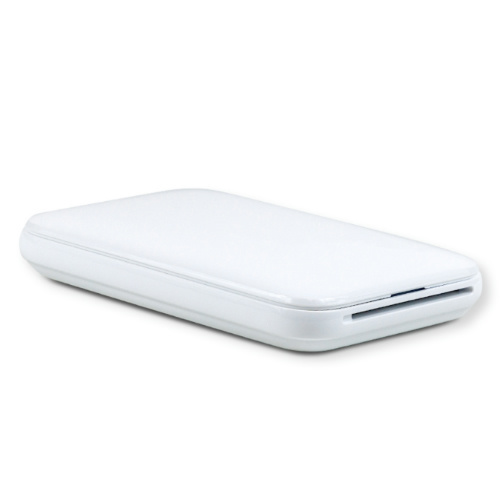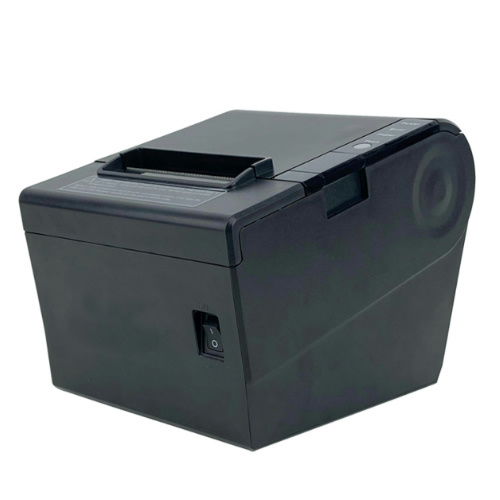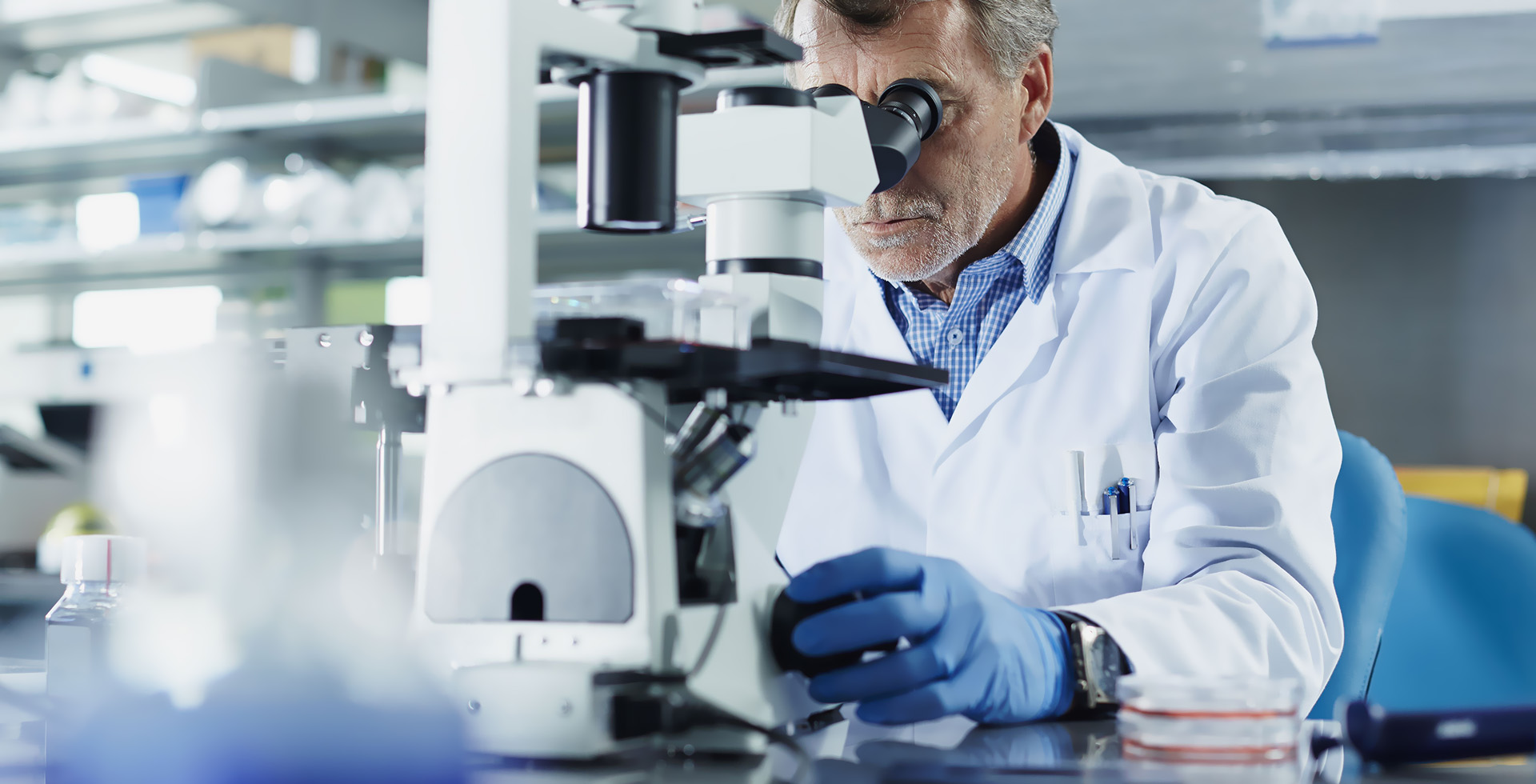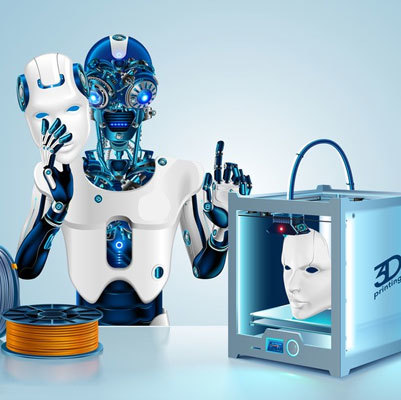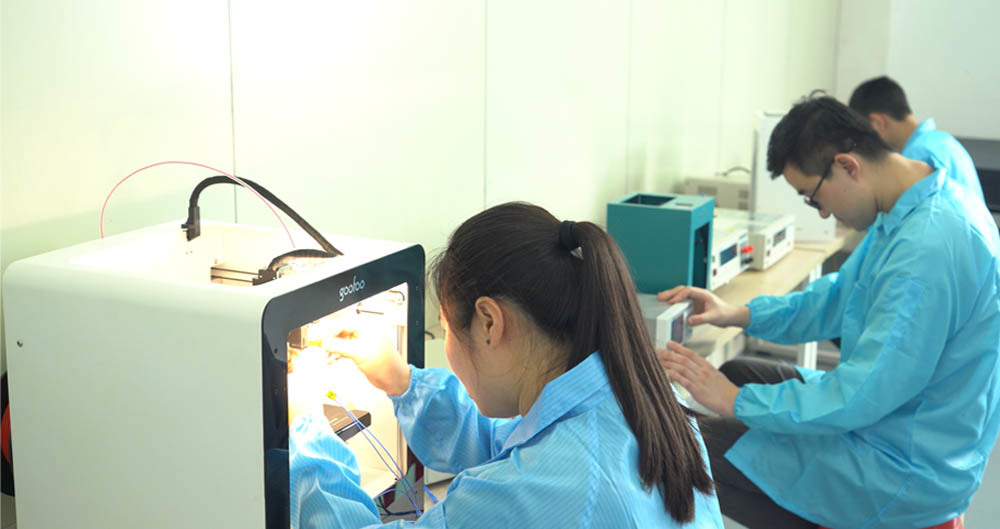All Categories
The Future of 3D Printing: Exploring the Advantages of Resin Printers
2025-08-12 17:40
In the realm of additive manufacturing, 3D printers with resin have emerged as a game-changer, offering unique advantages that set them apart from traditional filament-based printers. These printers utilize photopolymer resin, which hardens when exposed to UV light, enabling the creation of intricate, high-resolution models. This article explores the technical aspects and benefits of resin 3D printing, ideal for those looking to enhance their understanding of this innovative technology.
One of the most significant advantages of 3D printers with resin is their ability to produce highly detailed prints. The layer thickness in resin printing can be as fine as 25 microns, allowing for exceptional precision and smooth surface finishes. This capability is particularly beneficial for industries such as jewelry, dentistry, and miniature modeling, where fine details are crucial. Moreover, the range of available resins has expanded, including options for flexibility, high-temperature resistance, and biocompatibility, enhancing the versatility of these printers.
Another key benefit is the speed of printing. While traditional FDM (Fused Deposition Modeling) printers may take hours to produce a detailed model, resin printers can accomplish similar tasks in significantly less time. This efficiency is attributed to the fact that resin printing often involves curing entire layers simultaneously rather than extruding material line by line. For businesses and hobbyists alike, this time-saving aspect can lead to increased productivity and faster prototyping cycles.
In terms of usability, 3D printers with resin typically feature user-friendly interfaces and intuitive software. Many models come equipped with touchscreen displays and pre-configured print settings, making them accessible even to those new to 3D printing. Additionally, the post-processing steps, although necessary, can be streamlined with the right tools, such as wash stations and curing stations, further simplifying the workflow.
However, it’s essential to acknowledge some challenges associated with resin printing. The handling of liquid resin requires safety precautions, including gloves and masks, as certain resins can be toxic or irritating to the skin. Moreover, the curing process can produce fumes, necessitating proper ventilation. Users must also be aware of the maintenance required for these printers, as the resin vat and components need regular cleaning to ensure optimal performance.
In conclusion, 3D printers with resin are revolutionizing the landscape of additive manufacturing, offering high precision, speed, and versatility. Their technological advancements cater to a wide range of applications, making them an invaluable tool for professionals across various sectors. As this technology continues to evolve, embracing the capabilities of resin printing can open new doors for creativity and innovation in design and production.
One of the most significant advantages of 3D printers with resin is their ability to produce highly detailed prints. The layer thickness in resin printing can be as fine as 25 microns, allowing for exceptional precision and smooth surface finishes. This capability is particularly beneficial for industries such as jewelry, dentistry, and miniature modeling, where fine details are crucial. Moreover, the range of available resins has expanded, including options for flexibility, high-temperature resistance, and biocompatibility, enhancing the versatility of these printers.
Another key benefit is the speed of printing. While traditional FDM (Fused Deposition Modeling) printers may take hours to produce a detailed model, resin printers can accomplish similar tasks in significantly less time. This efficiency is attributed to the fact that resin printing often involves curing entire layers simultaneously rather than extruding material line by line. For businesses and hobbyists alike, this time-saving aspect can lead to increased productivity and faster prototyping cycles.
In terms of usability, 3D printers with resin typically feature user-friendly interfaces and intuitive software. Many models come equipped with touchscreen displays and pre-configured print settings, making them accessible even to those new to 3D printing. Additionally, the post-processing steps, although necessary, can be streamlined with the right tools, such as wash stations and curing stations, further simplifying the workflow.
However, it’s essential to acknowledge some challenges associated with resin printing. The handling of liquid resin requires safety precautions, including gloves and masks, as certain resins can be toxic or irritating to the skin. Moreover, the curing process can produce fumes, necessitating proper ventilation. Users must also be aware of the maintenance required for these printers, as the resin vat and components need regular cleaning to ensure optimal performance.
In conclusion, 3D printers with resin are revolutionizing the landscape of additive manufacturing, offering high precision, speed, and versatility. Their technological advancements cater to a wide range of applications, making them an invaluable tool for professionals across various sectors. As this technology continues to evolve, embracing the capabilities of resin printing can open new doors for creativity and innovation in design and production.
3d printer with resin
Recommended News
language
English
العربية
বাংলাদেশ
Български
Hrvatski
Česky
Dansk
Nederland
 Esperanto
Esperanto
Slovenski
Filipino
Suomi
Français
Maori
 Shqiptare
Shqiptare
Georgian
 Euskara
Euskara
Deutsch
Ελλάδα
ישראל
इंडिया
Magyarország
Ísland
Indonesia
Irlanda
Italia
日本語
Sovensko
Հայաստան
한국
Kyrgyz
ປະເທດລາວ
 Zulu
Zulu
Latvian
Lithuanian
Luxembourgish
 Latinus
Latinus
Macedonian
Малайская
Maltese
Монгол улс
 Cymraeg
Cymraeg
ဗမာ
 தமிழ்
தமிழ்
नेपाल
Norge
ایران
Polska
Portugal
România
Российская
Србија
 Slovak
Slovak
Србија
 Slovak
Slovak
Bosanski
Slovenian
Беларус
España
Sverige
Точик
ประเทศไทย
Türk
Azərbaycan
Uzbek
 Afrikaans
Afrikaans
Việt Nam
Skype / WhatsApp: +86 592-5713513 / +86-13860126490
No.88-3, North Tongji Road, Xike County, Tong'an District, Xiamen, Fujian China
Xiamen Goofoo Technology Co., Ltd. All Rights Reserved 闽ICP备2022008070号-1 SEO 300.cn
Phone:+0086 592-5713513
Address: No.88-3, North Tongji Road, Xike County, Tong’an District, Xiamen, Fujian China
Email: sales@goofoo3d.com
We will give you feedback in time

